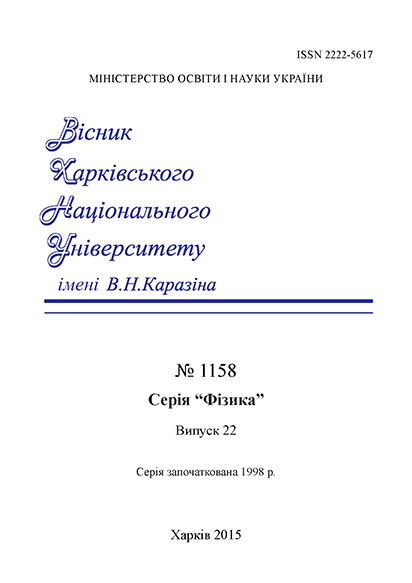Healing the cracks in crystalline solids under uniaxial compression normal to the plane of crack deposition
Abstract
The results of experimental and theoretical investigations on the process of healing the artificially created disc-like cracks in uniaxially compressed samples of galvanic purified (99.999%) polycrystalline copper at room (Тroom) and high (Т=873 К) temperatures are described. It has been shown that at Т=Тroom under loading, cracks emitting dislocation loops reduce their radius to some stationary value depending on loading; dislocation mechanism of healing takes place. The obtained calculated dependence of the crack radius on loading has been experimentally supported.
It has been shown that at high temperature, the formed after loading dislocation assemblage becomes quasi-stationary due to diffusion dissolving the dislocation loops and generating the new ones – that is dislocation-diffusion mechanism of healing. The calculated relations describing the process have been obtained and experimentally tested. The assumption has been made on possible dissolution of dislocation loops at the expense of absorption of interstitial atoms migrating over lattice by crowdion mechanism.
Downloads
References
Yu.I. Boyko, M.А. Volosyuk, V.G. Kononenko. Functional Materials, 19, 245 (2012).
M.A. Volosyuk, A.V. Volosyuk, N.Ya. Rokhmanov. Functional Materials, 22, 51 (2015).
J.Hirth, J.Lothe. Theory of dislocations, McGraw-Hill, New York (1968), 600 p.
V.D. Natsik, S.N. Smirnov, Е.I. Nazarenko. FNT, 27, 1295 (2001).
M.А. Volosyuk, Problems of Atomic Science and Technology, 4 (92), 55 (2014).








3.gif)
